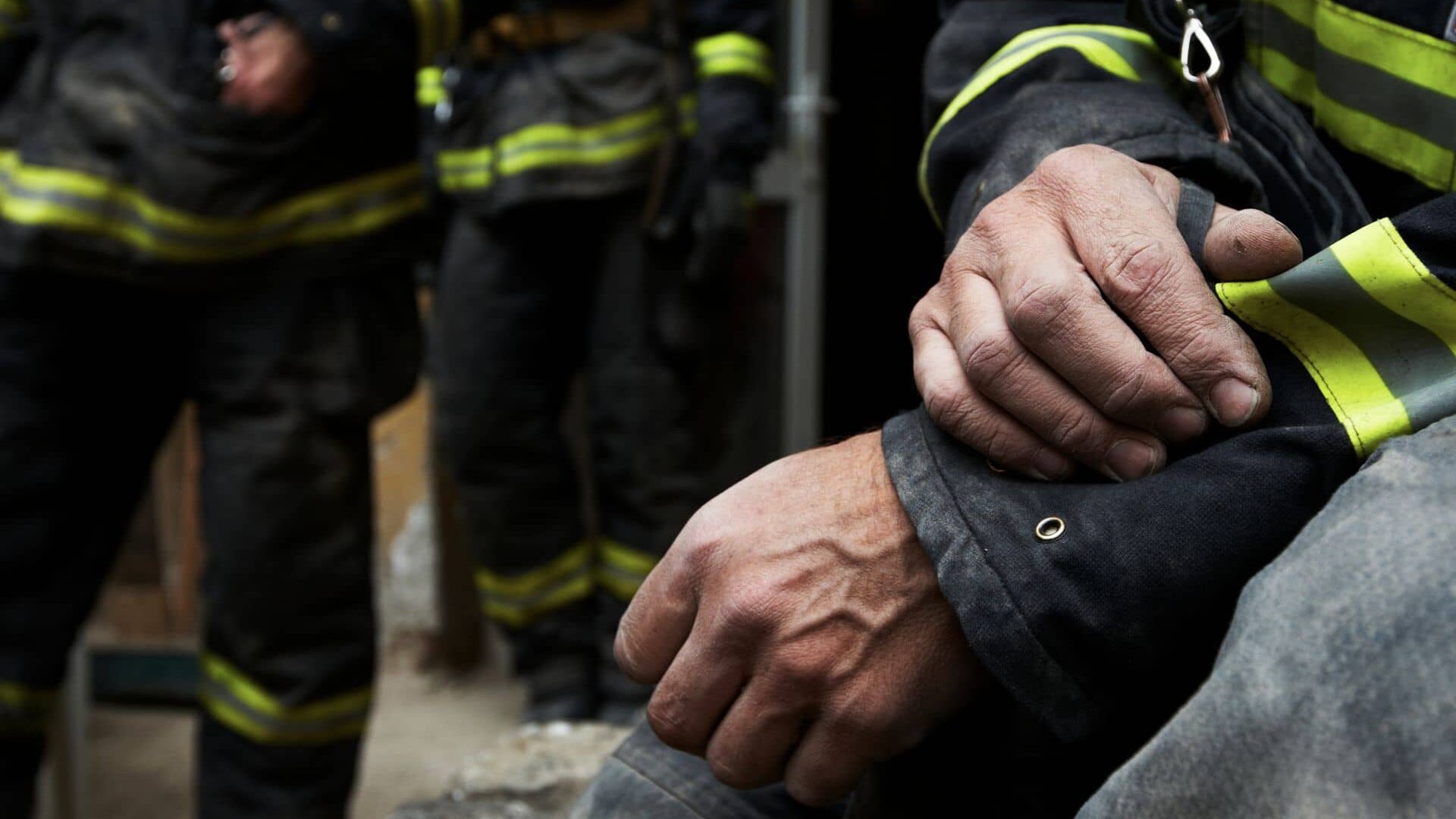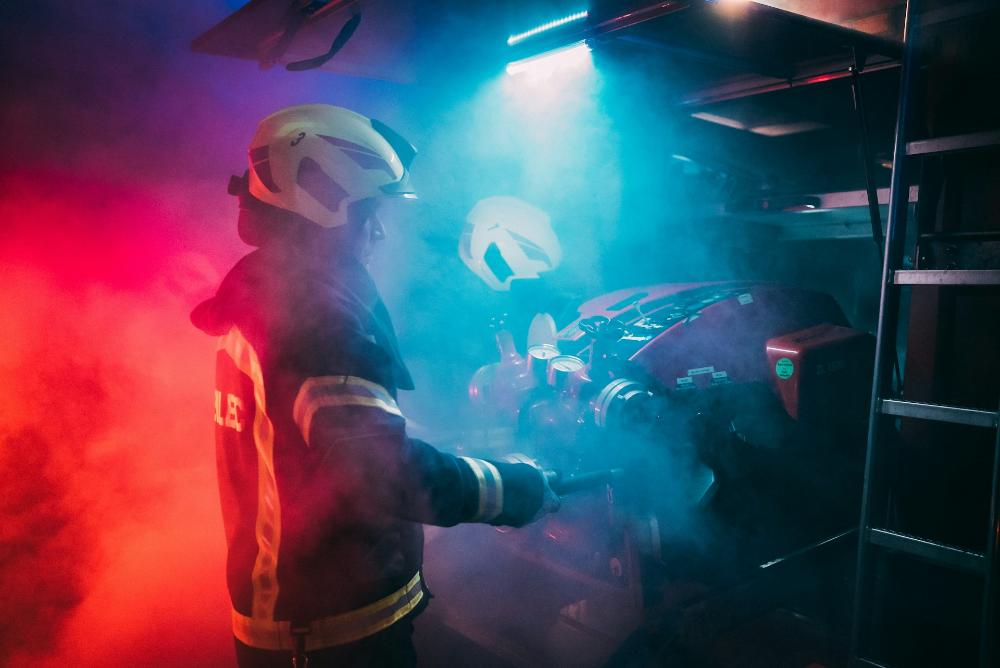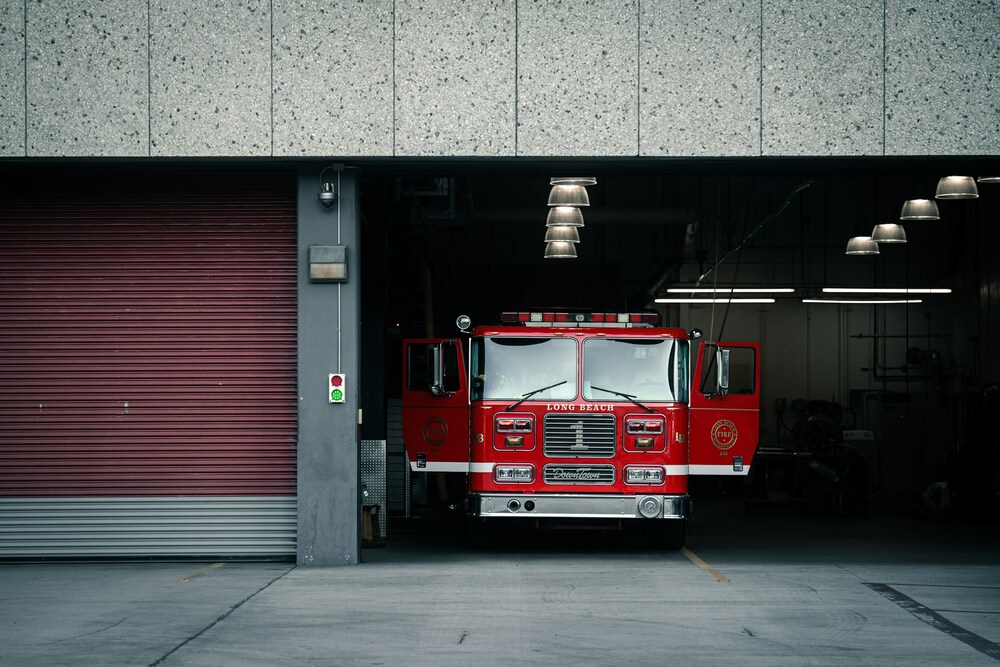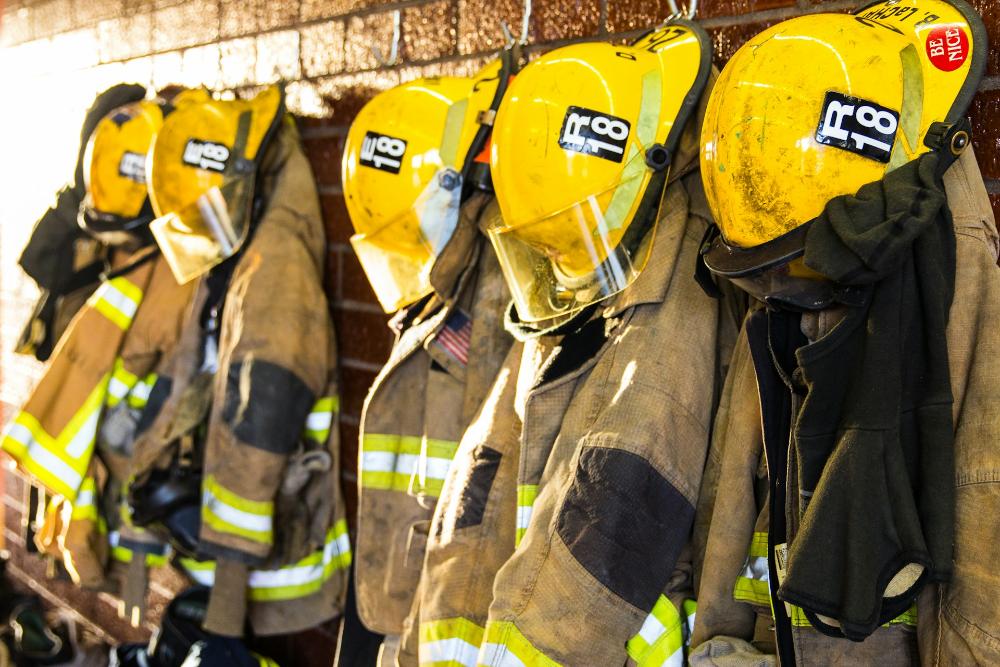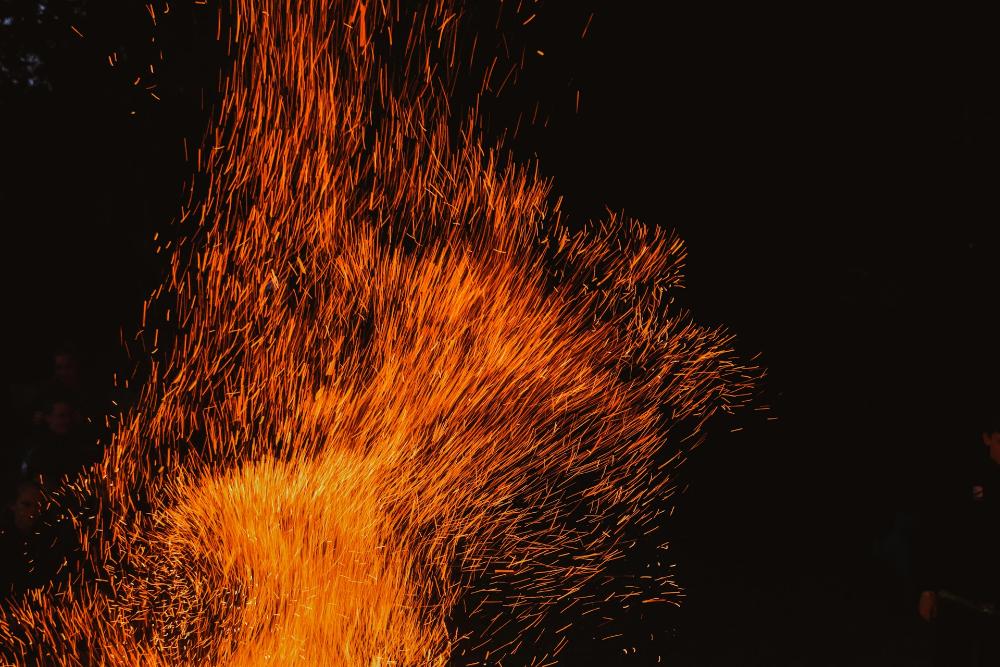Wireless Alarm and Fire Watch Security
Contents
Wireless Alarm Swap: Still Need Physical Guard?
Swap out a hardwired panel for a shiny new wireless system and you might hear the installer say, “No impairment, no guard needed.” That line sounds great until the marshal arrives and asks why nobody is walking the floor while half the devices are blinking “not enrolled.” The truth is simple. Any time coverage drops below the code required percentage of working devices, you trigger fire watch, wireless or not. Understanding the magic threshold, the enrollment window and the testing gap will keep you from an expensive surprise.
The Thirty Percent Rule
NFPA 72 states that if more than ten percent of initiating devices in any notification zone are non functional, the building is considered impaired. On a fifty device floor that means six dead smoke detectors equals mandatory patrol. Wireless systems often ship with a twenty percent spare battery margin, but installers sometimes leave extra sensors in the box to speed up the job.
Those uninstalled units still count against the total. Do the math before you let the crew leave for lunch.
Enrollment Window Is Not Instant
Each sensor must handshake with the panel, then report signal strength and battery status. On large sites that enrollment can take several hours per floor.
During that window devices show “missing” on the display and the zone is technically out of service. We staffed a twelve story office where the installer swore enrollment would finish by 5 p.m. At 8 p.m. thirty two devices still blinked red. The night inspector arrived, saw the panel and wrote a violation for every hour until restoration. The building paid just over forty thousand dollars because nobody wanted to pay overtime for a guard.
Testing Gap Catches People Off Guard
After the last sensor enrolls you still need full sensitivity testing. That means introducing smoke or CO to each device and verifying the panel annunciates properly. If the testing crew runs out of time and reschedules for the next day, fire watch continues all night. Many project schedules show “panel swap, one day” but forget to add the second day for testing and documentation. Build that extra day into the schedule or build the guard cost into the budget. One of the two will happen whether you plan for it or not.
Battery Batch Failures
Wireless sensors ship with lithium cells rated for ten years. Sometimes an entire batch sits in a hot truck and arrives at thirty percent capacity. If the panel shows more than ten percent low batteries, you are back in impairment territory. Always power up every device on a test bench the day before installation. Swap weak batteries immediately.
A five dollar battery change beats a five thousand dollar citation every single time.
Interim Coverage Options
If you absolutely must delay guard service, ask the installer to leave the old hardwired devices live until the new network is 100 percent tested. Dual coverage is messy but compliant.
Once the new panel passes final acceptance, the old devices can be removed and the guard requirement drops. Another option is temporary wireless transmitters that clip onto existing smoke detectors. They report to a portable panel parked in the lobby. The setup cost is roughly one third of a 24 hour guard and can bridge a two day testing window.
Documentation You Need
Keep a live screenshot of the panel device count. Update it every hour and email the file to your safety director. If the inspector shows, you have real time proof of when the system crossed the ten percent threshold and when it returned to full strength. Combine that screenshot with a digital patrol log and you have an airtight package that satisfies both the marshal and your insurance adjuster.
Planning a panel swap? Send us the device count and floor plan. We will monitor the panel remotely and dispatch a certified fire watch guard the moment the dead device count crosses the magic ten percent line.
